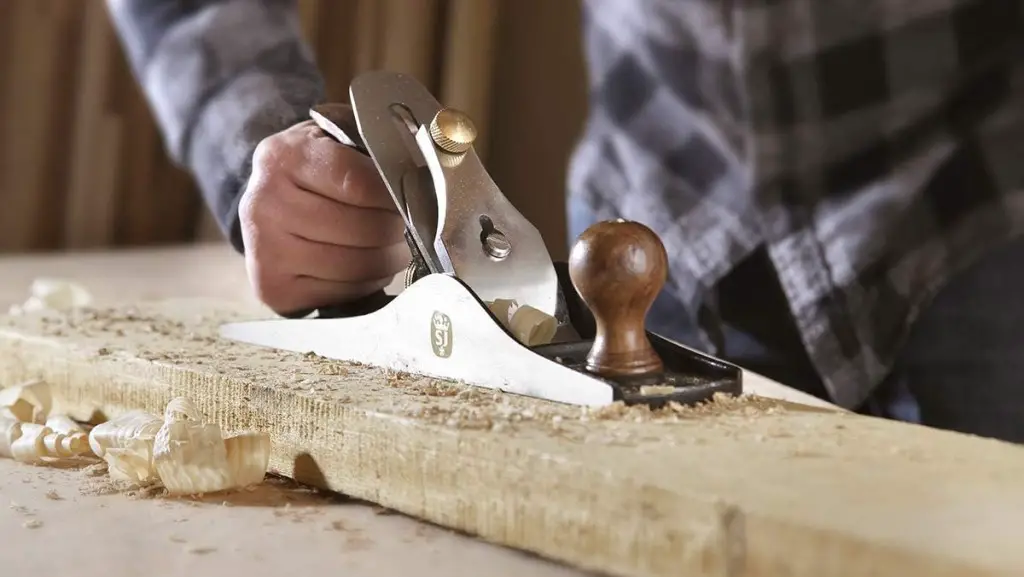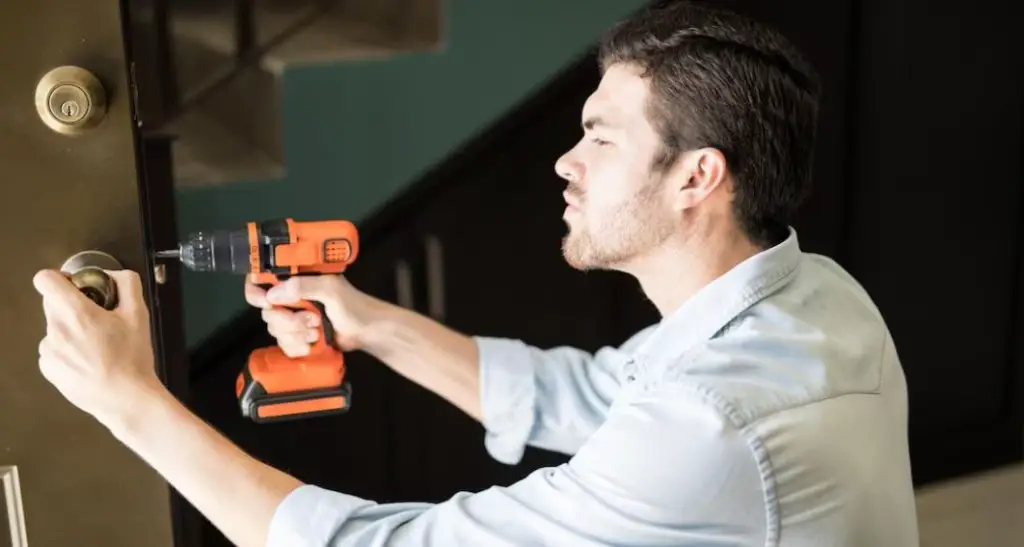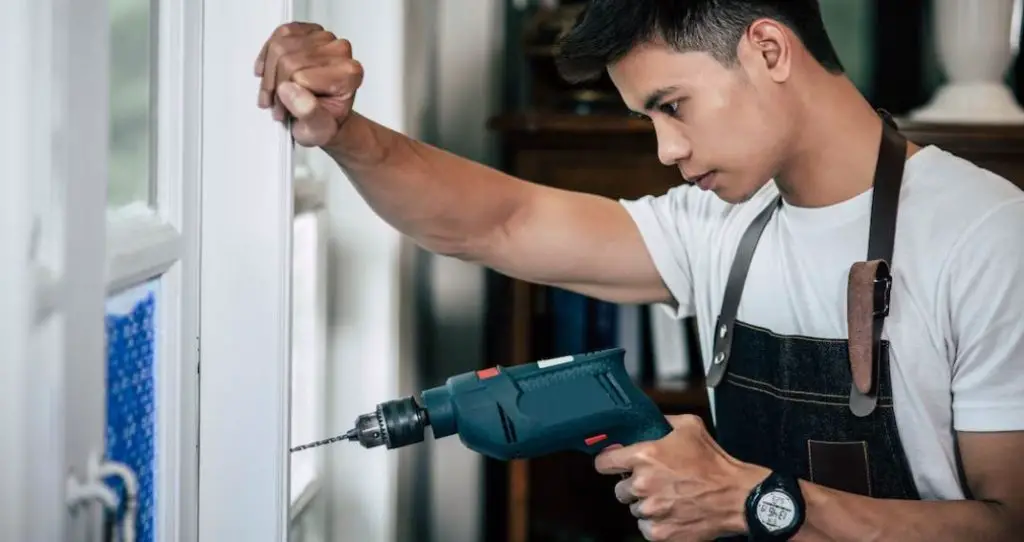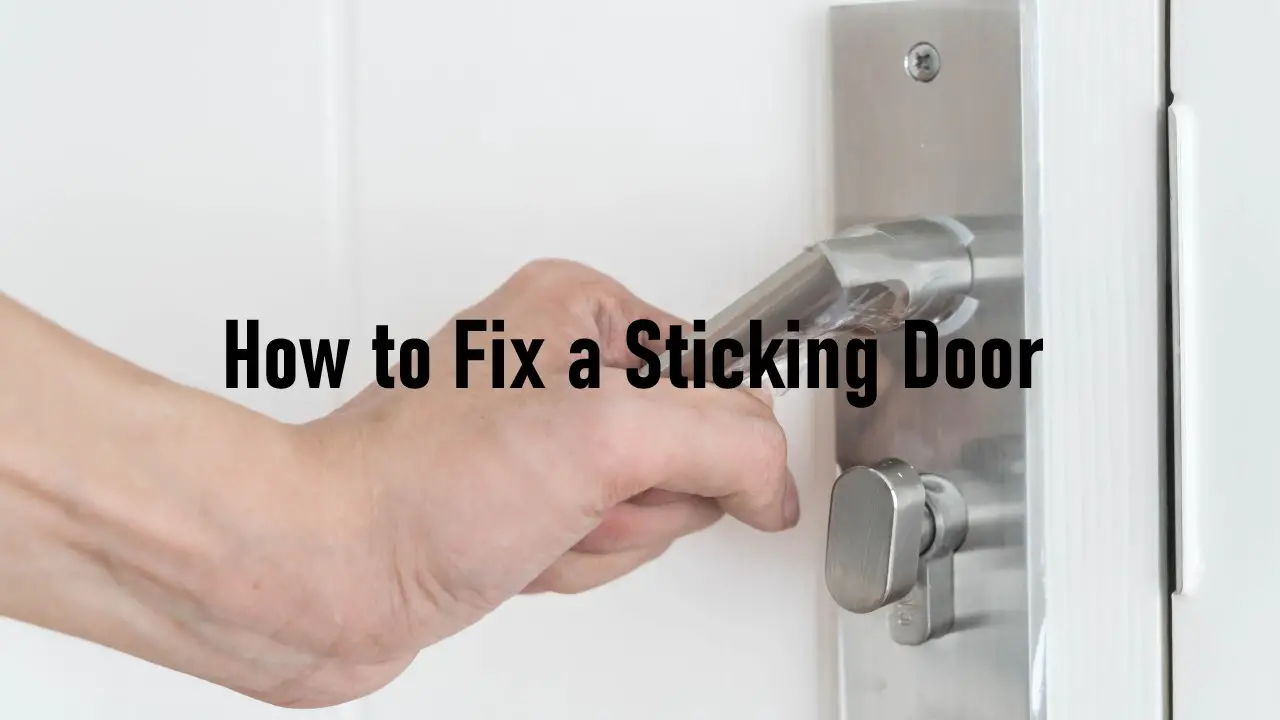Sticking doors can be a frustrating problem to deal with. Whether it’s a door that won’t close properly, or one that’s difficult to open, it can be a major inconvenience. Fortunately, there are several simple solutions that can help you fix a sticking door without having to call in a professional.
One common cause of a sticking door is humidity. When the air in your home is too humid, it can cause the wood to swell, which can make the door stick. In this case, the solution may be as simple as running a dehumidifier in the affected area. If that doesn’t work, there are other steps you can take to fix the problem.
Page Contents
Understanding the Problem

Sticking doors are a common problem in many households. They can be caused by a variety of factors, including humidity, misalignment, and problems with the door frame. Understanding the root cause of the problem is essential to fixing it properly.
Identifying the Sticking Area
The first step in fixing a sticking door is identifying where it is sticking. This can be done by opening and closing the door multiple times and paying attention to where it is catching. It is important to note that the sticking point may not be where it appears to be. Sometimes, the door may be sticking in one area, but the problem is actually caused by misalignment or issues with the door frame.
Examining the Door Frame
One common cause of a sticking door is problems with the door frame. Over time, the frame can become warped or damaged, causing the door to stick. To examine the door frame, use a level to check that it is straight and even. If it is not, the frame may need to be repaired or replaced.
Assessing the Alignment
Another common cause of a sticking door is misalignment. This can be caused by a number of factors, including settling of the foundation, shifting of the house, or simply wear and tear over time. To assess the alignment, use a level to check that the door is plumb and level. If it is not, adjusting the hinges or shimming the frame may be necessary.
High Humidity
High humidity can also cause a door to stick. When the air is humid, the wood in the door can absorb moisture and expand, causing the door to stick. To determine if high humidity is the problem, use a hygrometer to measure the humidity levels in the room. If the humidity is high, using a dehumidifier or air conditioner may help.
Gaps
Gaps between the door and the frame can also cause a door to stick. These gaps can be caused by settling or shifting of the house, or simply wear and tear over time. To fix gaps, use wood shims or filler to fill in the gaps and create a tighter seal.
By identifying the root cause of the problem, homeowners can fix sticking doors properly and prevent future problems from occurring.

Preparation for Fixing
Before fixing a sticking door, it is important to prepare the necessary tools and protect the work area.
Gathering Necessary Tools
To fix a sticking door, one needs the following tools:
| Tool | Description |
|---|---|
| Hand plane | Used to shave off excess wood from the door. |
| Sandpaper | Used to smooth the surface of the door. |
| Belt sander | Used to sand down large areas of the door. |
| Pry bar | Used to remove the door from the hinges. |
| Shims | Used to adjust the alignment of the door. |
| Wood screw | Used to tighten or replace loose screws in the hinges. |
| Hinge pin | Used to remove the hinge pin from the hinge. |
It is important to gather all the necessary tools before starting the repair to avoid any unnecessary interruptions.
Protecting Your Work Area
When fixing a sticking door, it is important to protect the work area. This can be done by covering the surrounding area with a drop cloth or old newspaper to prevent any dust or debris from spreading. Additionally, it is important to protect the door handle and hinges by covering them with painter’s tape or masking tape.
It is also recommended to wear safety goggles and a dust mask to protect the eyes and lungs from dust and debris that may be released during the repair process.
By gathering the necessary tools and protecting the work area, one can ensure a smooth and successful repair of a sticking door.

Methods to Fix a Sticking Door
Fixing a sticking door can be a frustrating task, but fortunately, there are several methods that can be used to solve the problem. In this section, we will discuss some of the most effective methods for fixing a sticking door.
Tightening the Hinges
One of the most common causes of a sticking door is loose hinges. Over time, the screws that hold the hinges in place can become loose, causing the door to sag and rub against the frame. To fix this problem, simply tighten the screws that hold the hinges in place. If the screws are stripped or damaged, they may need to be replaced.
Adjusting the Strike Plate
Another common cause of a sticking door is a misaligned strike plate. The strike plate is the metal plate that is attached to the door frame and receives the latch or bolt of the lock. If the strike plate is misaligned, the latch or bolt may not fully engage, causing the door to stick. To fix this problem, adjust the position of the strike plate so that it lines up with the latch or bolt.
Planing the Door
If the door is rubbing against the frame due to swelling or warping, planing the door may be necessary. Planing involves removing a small amount of wood from the edge of the door to create a better fit. This can be done using a hand plane or a power planer. After planing, the edge of the door may need to be sanded and refinished.
Applying Lubricants
Sometimes, a sticking door is simply due to friction between the door and the frame. In these cases, applying a lubricant can help to reduce the friction and allow the door to move more freely. Common lubricants include graphite powder, silicone spray, and candle wax.
Dealing with Swollen Wood
If the door is sticking due to swollen wood, it may be necessary to remove the affected area and replace it with wood filler. Wood filler is a putty-like substance that can be used to fill in gaps and holes in wood. After the wood filler has dried, the surface can be sanded and refinished to match the surrounding wood.
In conclusion, fixing a sticking door can be a simple or complex task depending on the underlying cause. By tightening the hinges, adjusting the strike plate, planing the door, applying lubricants, or dealing with swollen wood, homeowners can restore their doors to proper working condition.

Maintenance and Prevention
To keep a door from sticking, regular maintenance and preventative measures are key. Here are some tips to help keep your doors functioning smoothly.
Controlling Humidity Levels
Moisture can cause wood to warp, leading to sticking doors. In the winter, when indoor heating can dry out the air, it’s important to maintain a healthy level of humidity in the home. A dehumidifier can help to remove excess moisture from the air, while houseplants can help to increase humidity levels. In the summer, an air conditioner can help to cool the air and reduce humidity levels.
Regular Inspection and Adjustment
Regularly inspecting your doors can help to catch any issues early on. Check for any signs of warping or damage, and make any necessary adjustments. If a door is sticking, try tightening or loosening the hinges to see if that helps. If the problem persists, it may be necessary to plane the door to fit the doorframe.
Proper Painting and Finishing
Properly painting and finishing your doors can help to protect them from moisture and prevent warping. Make sure to use a high-quality paint or finish, and apply it evenly to all surfaces of the door. It’s also important to allow the paint or finish to fully dry before closing the door.
By following these maintenance and prevention tips, you can help to keep your doors functioning smoothly throughout the seasons.
Frequently Asked Questions
Why does my door keep sticking at the bottom?
If your door keeps sticking at the bottom, it could be due to several reasons. One of the most common reasons is that the door is not properly aligned with the frame. Another reason could be that the hinges are loose or damaged. Additionally, the door may have been damaged due to excessive humidity or temperature changes.
How do you fix a door that rubs on the floor?
If your door rubs on the floor, you can fix it by removing the door and sanding the bottom edge until it is smooth. You can also install a door sweep to prevent the door from rubbing on the floor. Alternatively, you can adjust the hinges to raise the door slightly.
Why won’t my door close all the way?
If your door won’t close all the way, it could be due to several reasons. One of the most common reasons is that the latch is not properly aligned with the strike plate. Another reason could be that the hinges are loose or damaged. Additionally, the door may have been damaged due to excessive humidity or temperature changes.
How to fix a door that sticks due to humidity?
If your door sticks due to excessive humidity, you can fix it by sanding the edges of the door until it fits properly in the frame. You can also apply a coat of varnish or paint to the door to protect it from moisture. Additionally, you can install a dehumidifier to reduce the humidity level in your home.
How to fix a sticking door by bending the hinges?
If your door is sticking due to misaligned hinges, you can fix it by bending the hinges slightly to adjust the door’s position. To do this, remove the hinge pins and place them on a hard surface. Use a hammer and a block of wood to gently tap the hinge until it is slightly bent. Reinstall the hinge pins and check the door’s alignment. Repeat the process as needed until the door fits properly in the frame.
